5 Tricks Landscape Designers in London Know to Use to Make Urban Gardens Feel Cooler
Cities suffer from the 'urban heat island' effect, so you need to make landscaping decisions that can help lessen the effects of the hottest weather
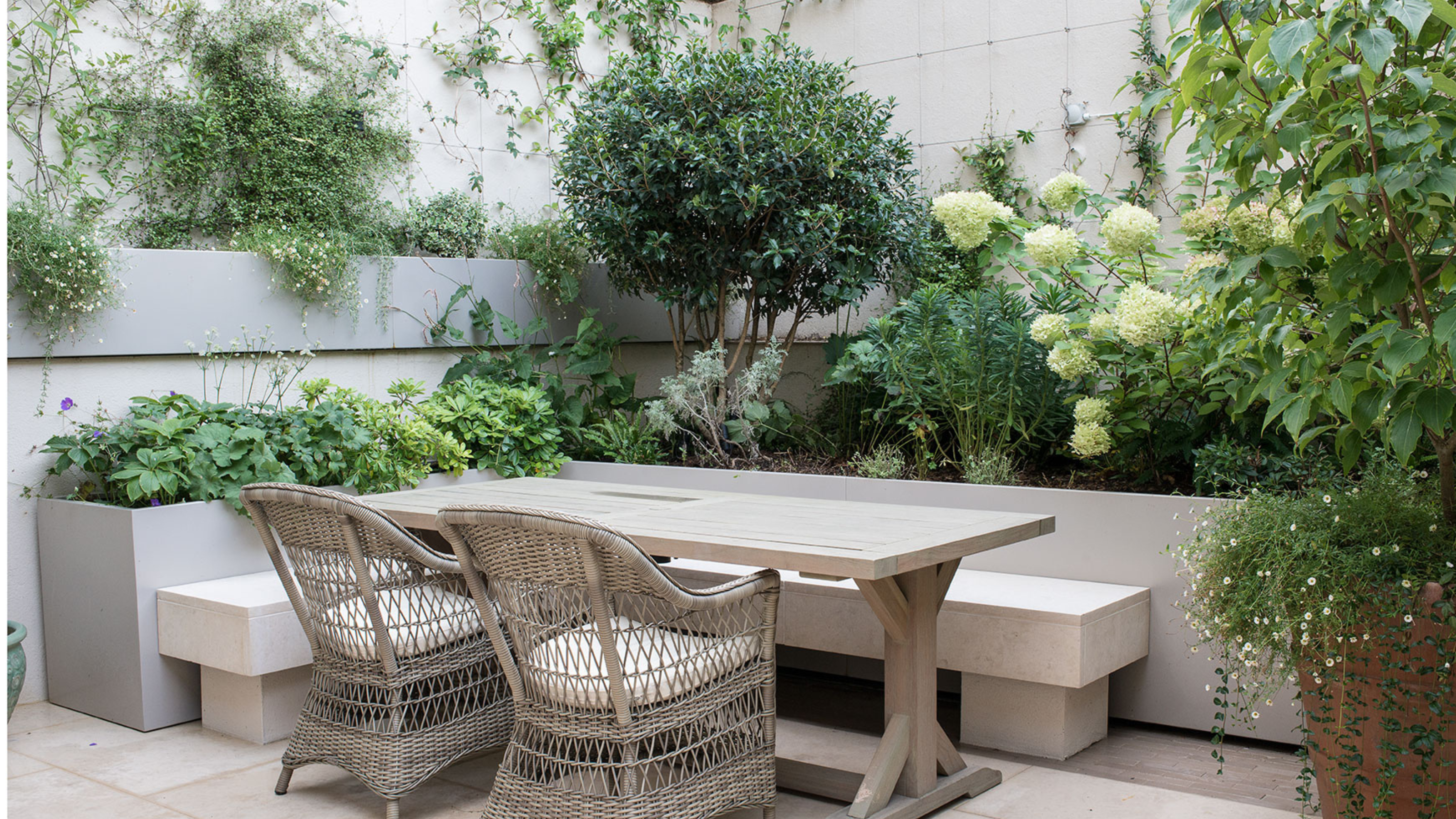

In the heart of summer, London’s concrete and brick can feel like they’re radiating heat with every step. That’s not just your imagination — it’s the 'urban heat island' effect at work. Cities like London are significantly warmer than surrounding rural areas because hard surfaces absorb and retain heat during the day, then slowly release it through the night.
Urban gardens are one of the most effective tools for pushing back against rising city temperatures. With thoughtful design, these green spaces do far more than just enhance aesthetics — they help regulate heat, improve airflow, and bring natural cooling to built-up environments.
We spoke with London-based landscape designer Georgia Lindsay to uncover her top tricks for turning even the smallest garden into a cool, green retreat. Here are five ideas she swears by — proven to beat the heat and make the most of every urban square foot.
1. Prioritize Shade with Multi-Level Planting
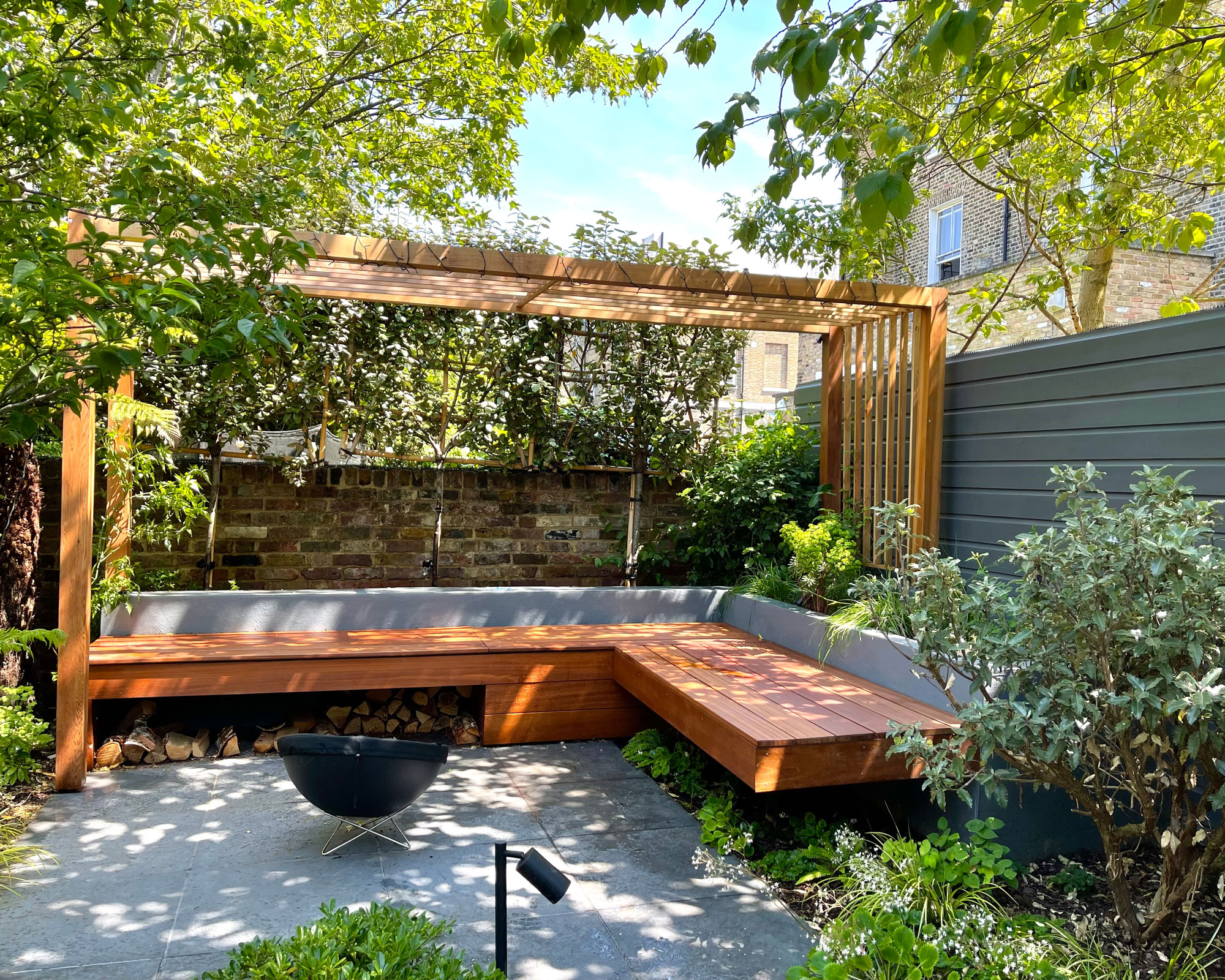
Use foliage as a natural shade for your garden's landscaping.
When it comes to cooling down an urban garden, shade is the first and most powerful tool one should use. In London, where space is often limited, landscape designers make clever use of vertical layering — starting with trees that provide an upper canopy of patio shade. These trees let in low-angle winter sun while casting shade in summer — striking the perfect seasonal balance.
Beneath these canopies, plant medium-height shrubs and ornamental grasses such as Miscanthus, Euphorbia, or Pittosporum. "These not only provide textural interest but also help to buffer heat through a process known as transpiration — where plants release water vapour into the air, subtly lowering surrounding temperatures," says Georgia. "This layering effect mimics natural woodland and is key to regulating a microclimate in tight city spaces."
To soften vertical walls and structures, climbing plants are often used. Star jasmine or evergreen honeysuckle can climb fences or pergolas, adding more cooling green coverage while enhancing privacy. When designing a small garden, every inch counts, and vertical planting maximises space and functional shade, making the space notably cooler.
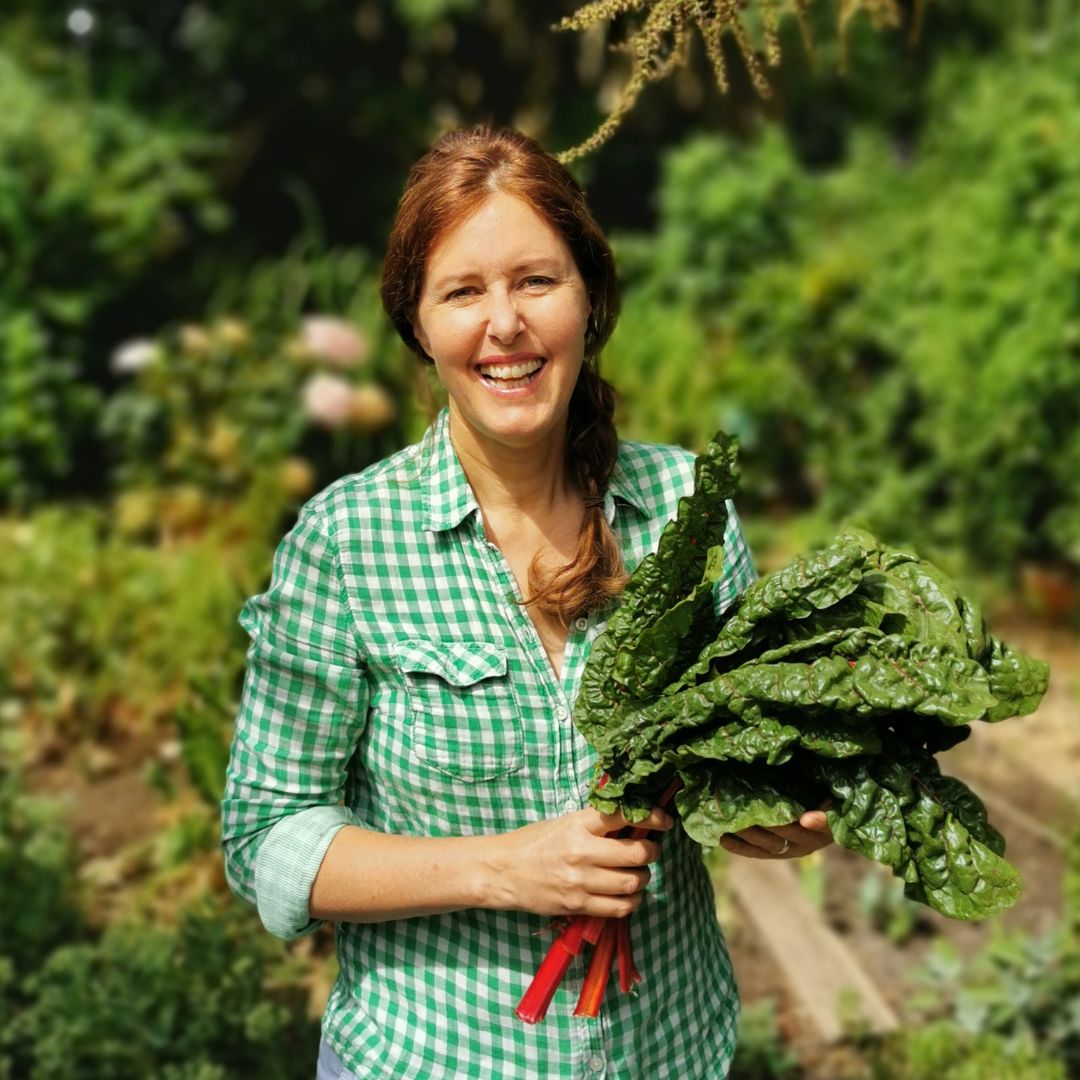
Georgia is an award-winning landscape and garden designer with a passion for creating innovative, bold designs for outside spaces both within London and beyond.
Georgia's practice specializes in designing imaginative spaces that combine clever geometry with sensitive planting to create a cohesive, yet functional, space for her clients to relax and enjoy.
2. Swap Out Hard Surfaces

Gravel is a better hardscaping choice for reducing temperatures than patio.
Urban gardens often suffer from an overabundance of heat-retaining materials—paving slabs, concrete patios, brick walls. These surfaces absorb heat during the day and release it long into the night, exacerbating the urban heat island effect. To combat this, landscape designers are increasingly turning to permeable materials that reduce surface temperature while improving water drainage and plant health.
The Livingetc newsletters are your inside source for what’s shaping interiors now - and what’s next. Discover trend forecasts, smart style ideas, and curated shopping inspiration that brings design to life. Subscribe today and stay ahead of the curve.
"Gravel gardens and clay pavers with spacing joints, allow water to seep into the soil rather than pooling or running off. This not only reduces the garden's ambient temperature but also supports soil biology and root systems," states Georgia.
The key is balance: combining solid surfaces for usability with enough softscape to offset heat buildup. Not only do these choices cool the space, but they also reflect a more climate-conscious approach to garden design.
3. Use Water Features to Cool the Air
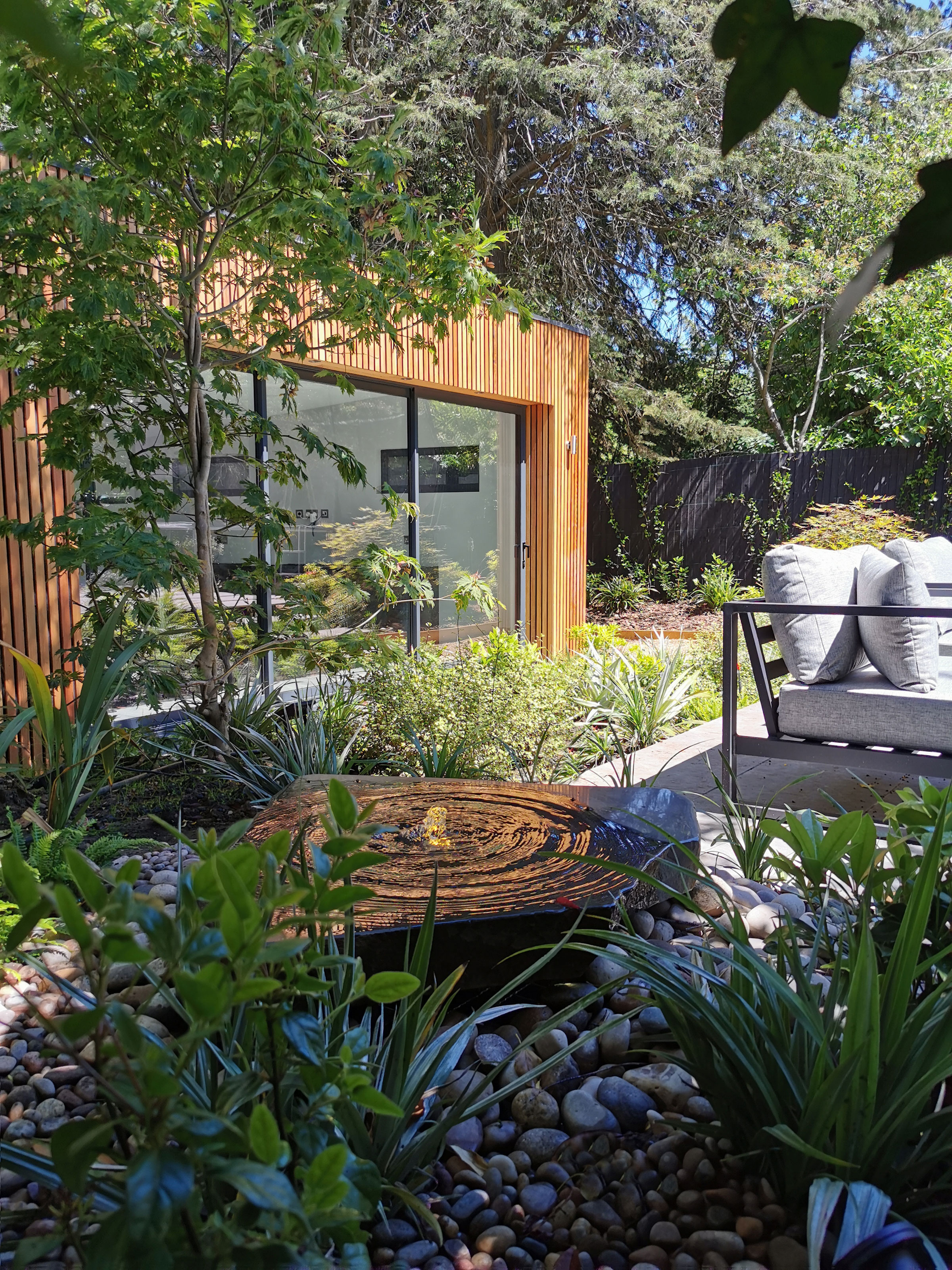
Introducing water into an urban garden can have a cooling effect.
Water features are an effective way to cool down urban gardens. Through evaporation, water draws heat from the surrounding air, creating a natural cooling effect that’s particularly noticeable on hot days. Even a modest water feature such as a ceramic bowl or recirculating water fountain from Wayfair can significantly improve comfort levels.
Functionally, water features also attract birds and pollinators, bringing wildlife and nature into the space. The gentle sound of running water can also mask street noise so much so that a well-placed feature can transform even a small garden into a calm oasis. The trick lies in scale and placement — too large, and it overwhelms; too small, and it loses its impact.
4. Paint with a Cool Palette
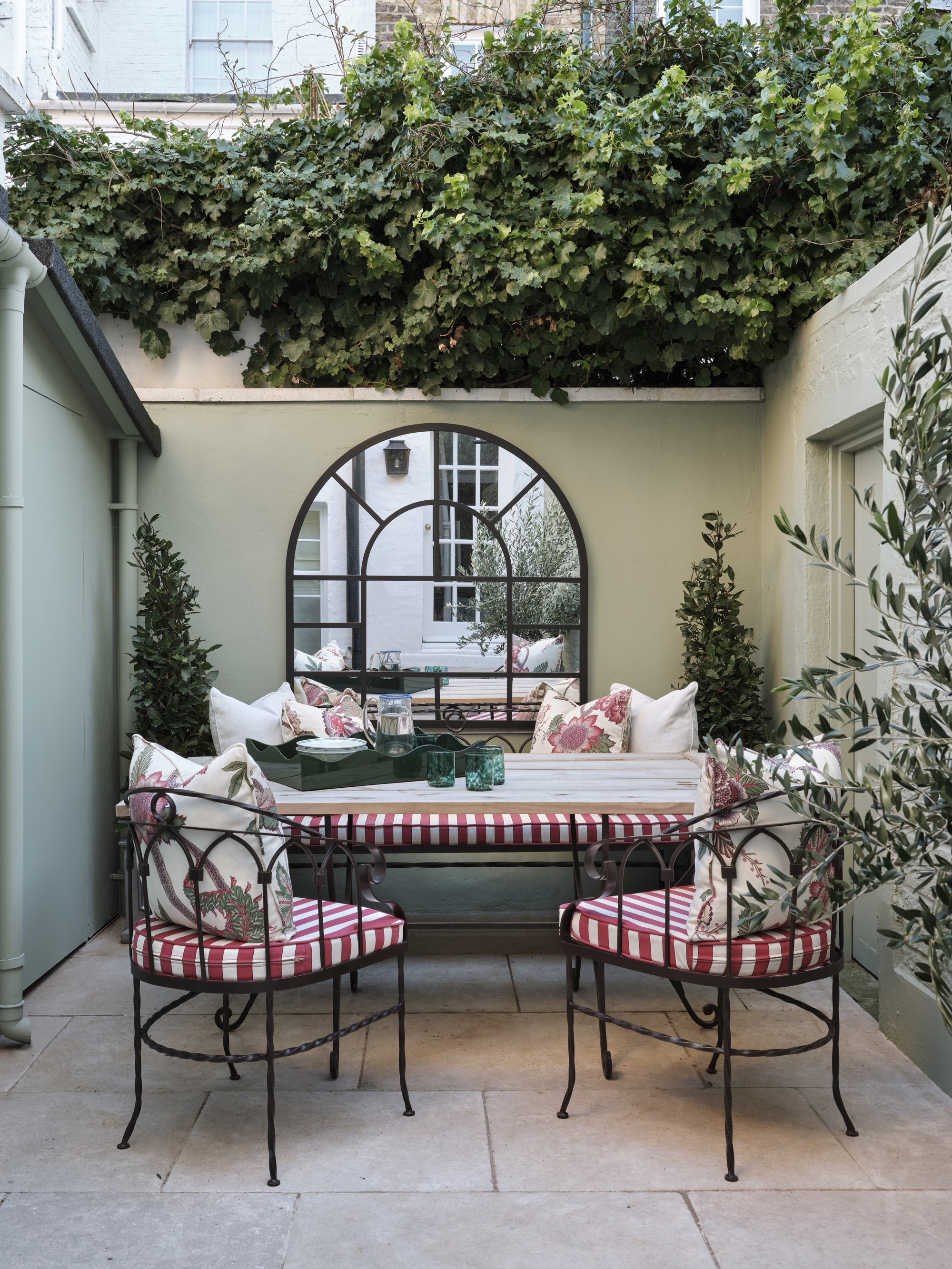
Lighter colors will reflect, rather than absorbing heat.
Color plays a surprisingly important role in controlling temperature perception — and actual heat absorption — in a garden. Dark paint absorbs more heat and radiates it back into the space, while lighter shades reflect sunlight and stay cooler to the touch. Landscape designers often opt for pale, matte finishes on walls, fences, and even furniture to help bounce light and reduce heat accumulation.
According to Georgia, whitewashed brick, pale grays, cool greens, and soft blues are the best tones for reflecting heat. There is also a mental element to choosing these colors, as they can evoke a sense of freshness, often associated with seaside or alpine environments, tricking the mind into feeling cooler.
In tight gardens where there may be limited airflow, visual lightness provided by a cool color scheme makes a noticeable difference in how comfortable the space feels.
5. Plant Selection
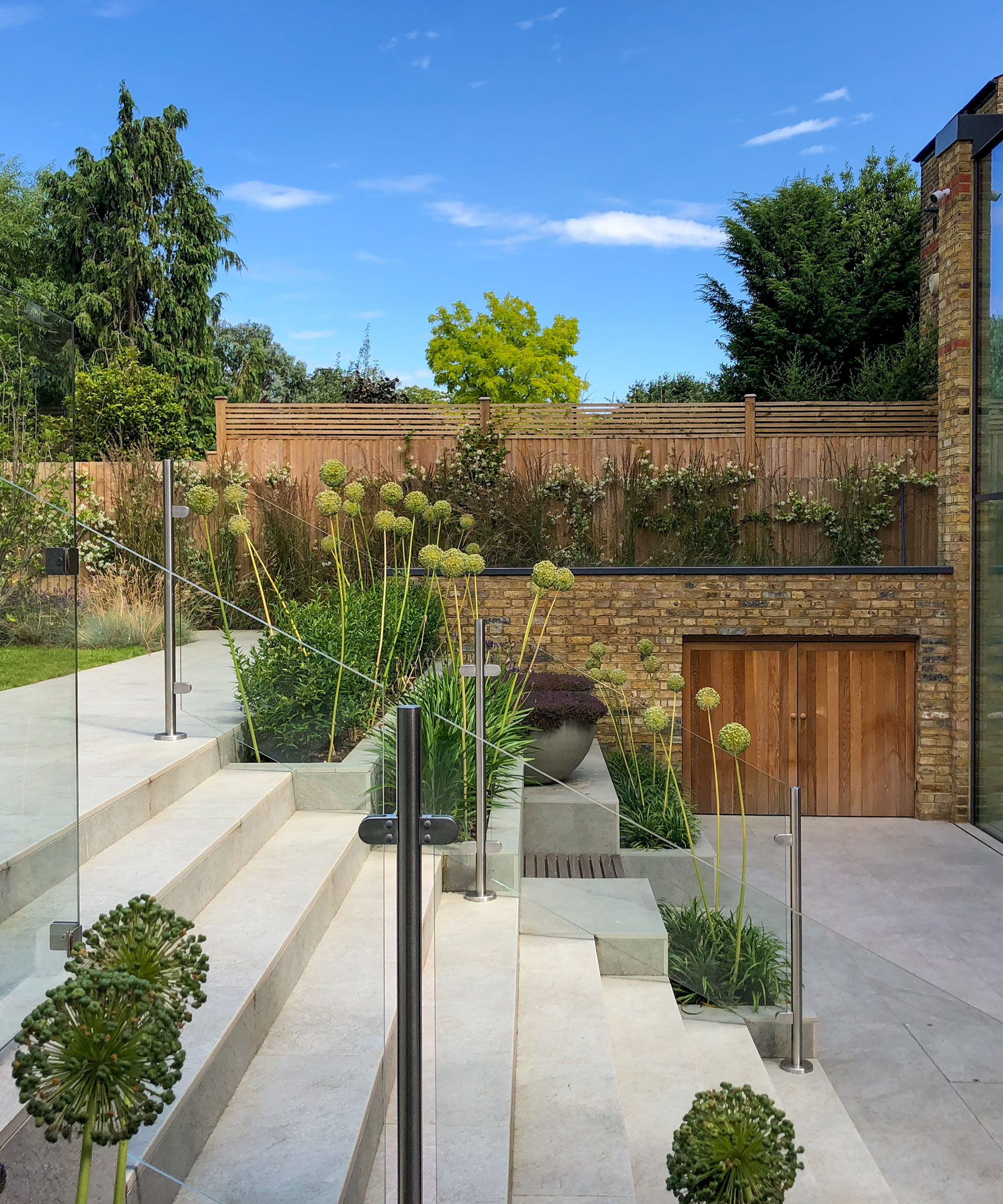
Plant selection matters in an urban garden.
While it might seem counterintuitive, heat-tolerant plants are essential to keep gardens cooler. Many of these species have evolved clever ways to reflect sunlight and retain moisture — features that also make them excellent allies in urban design. Low-maintenance plants such as silver-leafed lavender, drought-tolerant salvias, or aromatic herbs like thyme and rosemary reflect light, and do not require constant watering.
These plants are often grouped with others that add humidity through the process of transpiration. Ferns, hostas, and hydrangeas planted in the shadier areas of a garden contribute to the moisture content of the air, creating a more balanced and comfortable environment. By combining Mediterranean-style plants with native or shade-loving shrubs, designers like Georgia create a climate-adapted planting system that can handle heatwaves and cool the air simultaneously.
As the climate continues to shift and cities grow ever denser, smart garden design is no longer just about aesthetics — it’s about livability. These tricks, offered by Georgia, provide elegant, effective ways to beat the heat. And in a city where every cool breeze feels like a gift, they might just be the smartest investments an urban gardener can make.

Seraphina is a contributing editor at Livingetc, writing Advice features on design, renovation and organisation. Seraphina is a qualified Interior Designer from KLC School of Design having worked at London-based interior design agencies Anouska Hempel and ND Studios. Seraphina has also completed her MA degree in Magazine Journalism at City, University of London, with previous experience including writing for Homes & Gardens, Women's Health, Food & Travel and Fabulous Magazine.